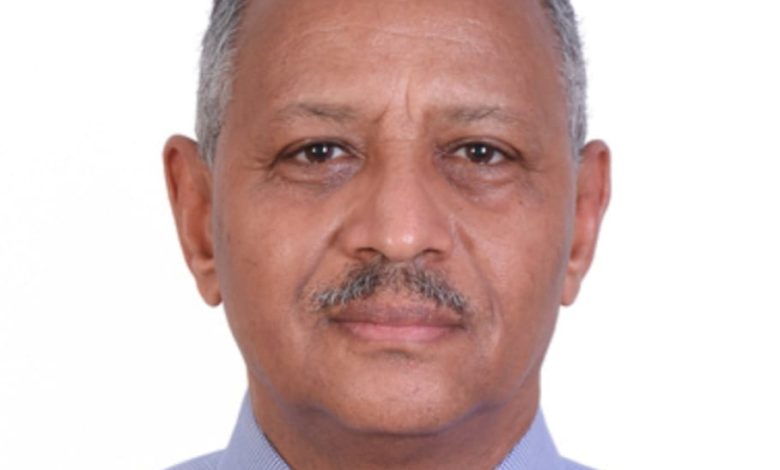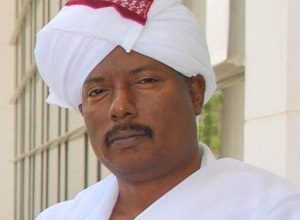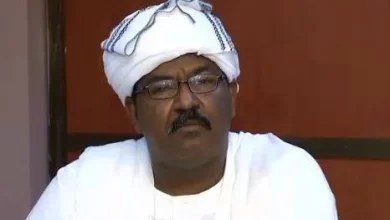The Story According to the “FFC” Narrative About the Militia

By: Al-Obeid Ahmed Marouh
On the morning of Saturday, mid-April 2023, after a long Ramadan night, the residents of Khartoum State woke up to the deafening sounds of weaponry. Most had never heard the roar of rocket launchers, twin-barrel cannons, or fighter jets before. They turned to Radio Omdurman to find out what was happening—only to find it silent. They sought answers from Sudan TV, but it was off-air. Desperate for news, they turned to satellite channels and found the headline: war had erupted. The war they had always feared was now unfolding violently above their heads—indeed, across the entire country. Sudanese army garrisons in Khartoum State and other cities were under coordinated and intense attack from their supposed “partners” in the Rapid Support Forces (RSF), aiming to seize control.
Alongside this direct military assault and the desperate attempts to seize the Armed Forces General Command and other key military facilities—such as the armored corps, ammunition stores, signals command, and Wadi Sidna—a different kind of “battle” was taking place, the details of which remain mostly hidden to this day. This is the story we attempt to summarize here—briefly—and from the perspective of its true witnesses.
As you wiped the sleep from your eyes, a knock came at your door—or sometimes, the door was flung open without warning. A man barged in, weapon drawn, demanding, “Where is so-and-so?” Without waiting for an answer, he stormed into the rooms, pointing his gun, ordering the head of the household—or their son—to drop whatever they were holding, raise their hands, and climb into the back of a pickup truck or Land Cruiser parked outside. The rest of the family stood helplessly confused. If you dared protest or resist in any way, you were either beaten, thrown onto the truck like a slaughtered sheep, or left bleeding in front of your children.
This wasn’t just the behavior of one side of the conflict during the first few hours of the war. It became the dominant pattern for over a year—from one of the parties. It didn’t matter whether you were a member of the former regime or so-called “remnants.” It was enough that you had served at some point in any state security institution—army, police, or intelligence—or that you had a photo in your home of General Ibrahim Abboud, Marshal Jaafar Nimeiri, Swar al-Dahab, Omar al-Bashir, or even a relative who once served in the civil defense police. That was enough to classify you as a member of the “1956 State” and thus deserving of being hauled off to detention camps, forcibly disappeared, with no word to your family or to any local or international human rights group claiming to defend such cases.
All those who were abducted from their homes—thousands in number—were not involved in the war, which had started due to a failed attempt to seize power by force and to impose the Framework Agreement through coercion. Yet, somehow, they became one of the “two sides” of the conflict, according to the logic promoted by supporters of the Framework Agreement—and executed by the militia from day one. The rationale used to justify throwing thousands of innocent people into secret detention centers was that they might possibly play a role in mobilizing popular resistance against the forced imposition of the agreement.
In those underground facilities that spread across Khartoum State and other cities—filling former Operations Authority camps that had been handed over to the RSF, as well as luxury homes, schools, and various buildings—thousands of Sudanese were detained and subjected to horrific treatment by the very forces that claimed to bring them democracy and end marginalization. These detainees spent months—and now years—without food, medicine, or even drinking water. They were insulted and interrogated endlessly, without any hope for a fair trial—not even an informal one.
No human rights organization or professional union—local or international—adopted their cause or took it up publicly. Not even to the extent seen in past cases about women’s clothing. The little that reached the public about their stories was limited to cases of ransom: some were freed after negotiations with their families, who were extorted in exchange for their release. Those suspected of being “spies” for the army were not so lucky; they vanished into the abyss.
In Soba prison—or the “prisons” of Riyadh, Al-Taif, Salha, Wad Madani, Rufaa, and other towns entered by the militia—thousands of Sudanese met their fate. They died of hunger, thirst, illness, deliberate neglect, and humiliation. Their bodies were thrown into mass graves or left for wild animals to devour, without their families ever being informed. When the Sudanese Armed Forces and their allies retook control of Khartoum’s districts, the scale of the tragedy began to emerge.
When the army entered the Jebel Aulia garrison, we saw, through media footage, skeletons with human skin still clinging to them. Survivors who were able to speak confirmed they had been held in “RSF prisons” and that many of their companions had died as described. When the Salha area in Omdurman was recaptured, it was discovered that more than 600 abductees had been held there—only one-sixth survived. Hundreds had died in a war they were never part of.
Every day brings more revelations about the crimes committed by the Rapid Support Forces: kidnapping, forced disappearances, torture, murder, and rape—against thousands of civilians. When we examine the narratives and justifications being promoted to explain these atrocities, we find they echo the very same logic used by the FFC (Forces of Freedom and Change). This logic now comes from the mouths of RSF spokespersons and political actors who lured and emboldened them in their power grab. That logic implies that tens of thousands of Sudanese, dragged into mass detention camps, do not deserve to live—let alone enjoy democracy or civilian rule. Whether they like it or not, they are now considered “one side” of the conflict.
Source: Al-Muhaqqiq website



